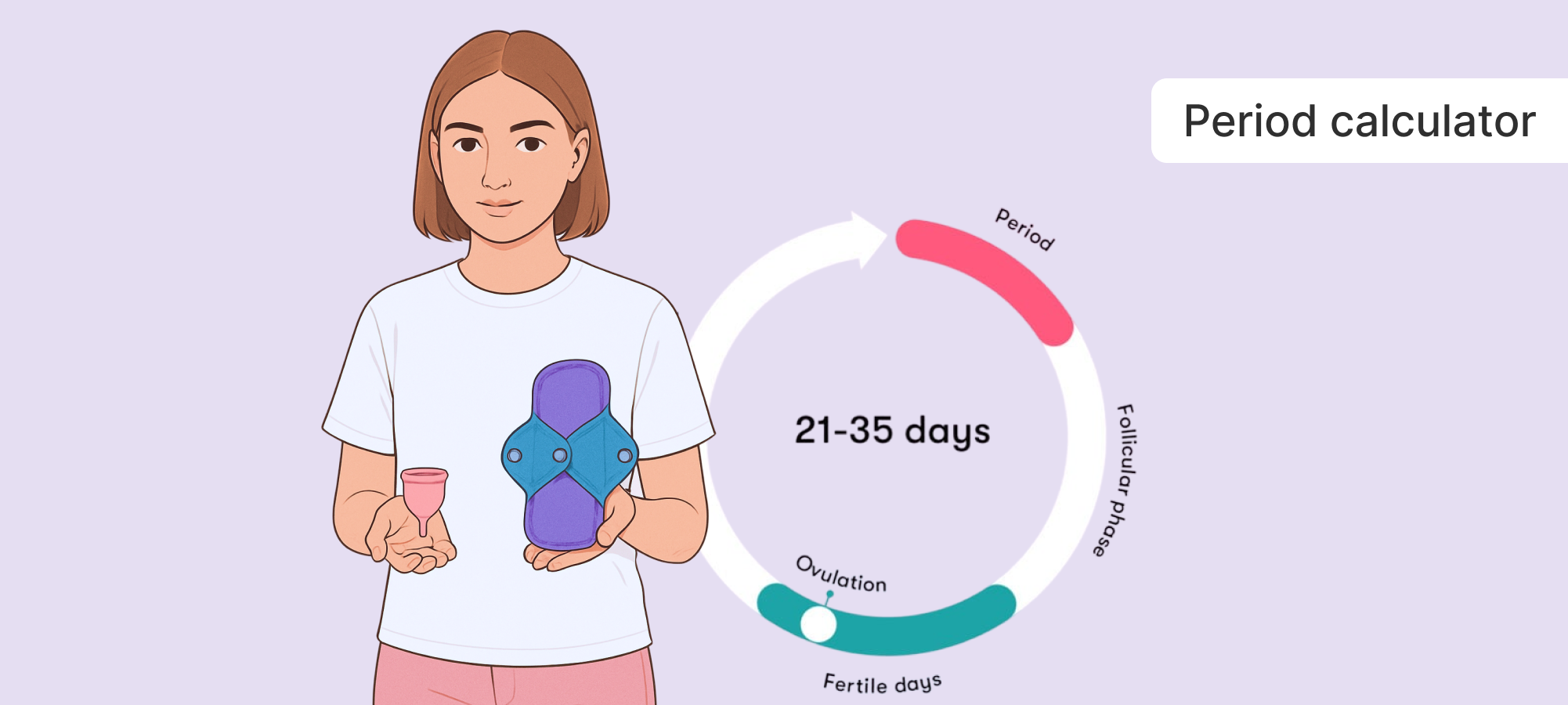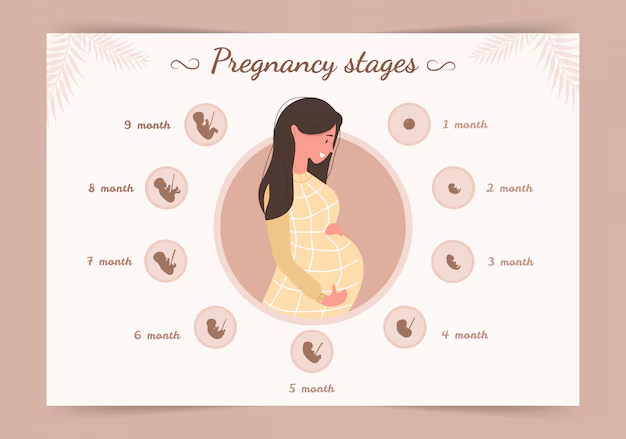How long a normal cycle lasts

Understanding the Rhythm Behind Your Period
Your menstrual cycle is more than just your period — it's a complex dance of hormones working behind the scenes. If you’ve ever wondered why your mood, energy, or even cravings change throughout the month, the answer lies in your hormones. Let’s take a deep dive into how they fluctuate during each phase of your cycle and how they impact your body and mind.
The Four Phases of the Menstrual Cycle
The average menstrual cycle is about 28 days long, though anything from 21 to 35 days is considered normal. The cycle is divided into four main phases:
-
Menstrual Phase (Days 1–5)
-
Follicular Phase (Days 1–13)
-
Ovulation (Day 14, around mid-cycle)
-
Luteal Phase (Days 15–28)
Let’s explore how key hormones shift during each of these phases.
1. Menstrual Phase: The Reset Button (Days 1–5)
What's happening?
This is when your period starts. The uterus sheds its lining from the previous cycle, leading to menstrual bleeding.
Hormones at work:
-
Estrogen and progesterone levels are at their lowest.
-
Low hormones may leave you feeling tired, moody, or crampy.
What you might feel:
-
Fatigue or low energy
-
Cramps or bloating
-
More introspective or withdrawn
Tips:
-
Prioritize rest and gentle self-care.
-
Light exercise like stretching or yoga can help with cramps.
2. Follicular Phase: The Build-Up (Days 1–13)
What's happening?
As your period ends, your body starts prepping for ovulation. Follicle-stimulating hormone (FSH) helps grow follicles in the ovaries, each holding an egg.
Hormones at work:
-
Estrogen begins to rise steadily, making you feel more energized.
-
FSH stimulates the development of follicles.
What you might feel:
-
Increased energy and motivation
-
Boosted mood and confidence
-
Greater focus and creativity
Tips:
-
A great time for new projects, workouts, or social events.
-
Start tracking your cycle — ovulation is approaching.
3. Ovulation: The Main Event (Around Day 14)
What's happening?
One mature follicle releases an egg — this is ovulation, your most fertile window.
Hormones at work:
-
A surge in luteinizing hormone (LH) triggers ovulation.
-
Estrogen peaks, giving you that natural "glow."
-
Testosterone also spikes briefly, enhancing libido and confidence.
What you might feel:
-
Your best self — glowing skin, high energy, sociable
-
Stronger sexual desire
-
Mild twinge or pain on one side of the pelvis (mittelschmerz)
Tips:
-
This is your most fertile time if you’re trying to conceive.
-
Support your body with nutrient-rich foods and hydration.
4. Luteal Phase: The Wind Down (Days 15–28)
What's happening?
The body prepares for a possible pregnancy. If the egg isn’t fertilized, hormone levels will drop and menstruation begins again.
Hormones at work:
-
Progesterone becomes dominant, helping maintain the uterine lining.
-
Estrogen dips, then rises slightly mid-phase before dropping again.
What you might feel:
-
Mood swings or irritability
-
Food cravings or breast tenderness
-
PMS symptoms (bloating, fatigue, anxiety)
Tips:
-
Reduce caffeine, sugar, and salt to manage PMS.
-
Prioritize sleep, hydration, and relaxation techniques.
Why Tracking Your Hormones Matters
Understanding your hormonal rhythm can help you:
-
Plan your month better — from workouts to work meetings
-
Tune into your emotions and energy levels with compassion
-
Spot signs of hormonal imbalance (irregular cycles, severe PMS, etc.)
In Summary
| Phase | Main Hormones | Key Feelings |
|---|---|---|
| Menstrual | ↓ Estrogen & Progesterone | Tired, introspective |
| Follicular | ↑ Estrogen, FSH | Energized, focused, upbeat |
| Ovulation | ↑ LH, Estrogen, Testosterone | Confident, social, fertile |
| Luteal | ↑ Progesterone | Moody, tired, craving comfort |
Final Thought
Your menstrual cycle is your body's monthly report card. By tracking it and understanding the hormonal shifts, you can work with your body instead of against it. Whether you're trying to conceive, improve your productivity, or simply feel more in control — knowledge of your hormonal cycle is a powerful wellness tool.
Related Articles

What symptoms are normal

Benefits of therapy

Period Calculator: Track Your Cycle with Accuracy

How to Track Your Menstrual Cycle and Why It's Important

Using productivity tools to manage work

Importance of folic acid and iron

Third Trimester (Weeks 27-40)

Avoiding harsh products during breakouts